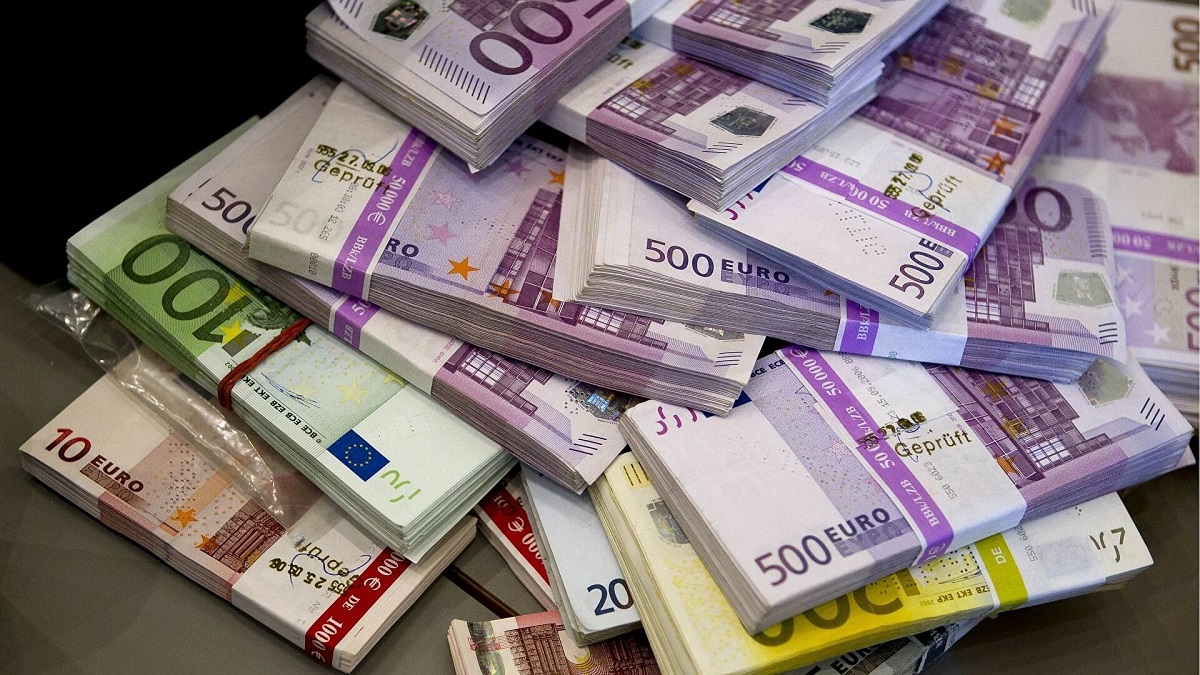Don't Buy Into These "Trends" Concerning Trustworthy Counterfeit Money Sellers

The Intricacies of Counterfeit Currency: Understanding Quality and Legal Implications
While the term "counterfeit money" typically conjures images of criminal activity and suspicious transactions, the truth is that the production and circulation of counterfeit currency include a range of motivations and consequences that can be as complex as they are illegal. The advent of digital resources and innovations has actually made conversations on counterfeit money more widespread, leading individuals to check out various aspects of this underground world. Understanding the nuances of top quality counterfeit money, and the potential ramifications of engaging with it, is essential for anybody interested in the subject.
Defining Counterfeit Currency
Counterfeit currency refers to bills or coins produced with the intent to trick, developed to imitate legitimate currency released by a government or main bank. Quality is frequently evaluated based on several elements, including:
Materials Used: High-quality counterfeit notes may use similar paper, ink, and security functions discovered in real currency.
Detail and Design: A concentrate on reproducing fine details, such as watermarks or holograms, is vital for developing credible fakes.
Printing Techniques: Sophisticated methods, typically utilizing commercial-grade printing equipment, allow the production of convincing replicas.
The Economics of Counterfeiting
The reasons individuals or groups engage in counterfeiting can be varied, however typically include the list below factors:

Revenue Motive: Counterfeiters often operate in the shadows to optimize their revenues through the distribution of fake currency.
Accessibility: The schedule of advanced printing innovations has actually made it much easier for counterfeiters to produce high-quality notes.
Need: The undercurrent of need for counterfeit money exists due to the bargaining power it might manage to some individuals or organizations.
Nevertheless, engaging in the production or distribution of counterfeit currency is illegal, with extreme legal effects.
Legal Implications
Diving into the world of counterfeit money brings with it severe legal consequences, consisting of:
Criminal Charges: In many jurisdictions, producing or distributing counterfeit currency is a felony. Convictions may cause lengthy prison sentences and hefty fines.
hochwertige fälschungen : Beyond criminal charges, people may discover themselves facing civil suits from those harmed by the blood circulation of counterfeit notes.
Cops Investigation: Engaging with counterfeit currency typically brings in the attention of police, leading to examinations and possible arrests.
This legal structure highlights that the allure of counterfeit currency is filled with risk.
The Quality Factor: What to Look For
High-quality counterfeit currency can be hard to differentiate from the real thing, especially as innovation continues to advance. Here are some crucial signs that people typically try to find when assessing the quality of counterfeit notes (although one should keep in mind that possession or circulation of counterfeit currency is prohibited):.
Paper Quality: Genuine currency utilizes a specific type of paper which contains a certain ratio of cotton and linen, making it more durable than regular paper.
Color Shifting Ink: Many legitimate banknotes include color-shifting ink that changes color when seen from different angles. High-quality fakes might replicate this feature, though inadequately.
Watermarks: Most currencies include watermarks that are noticeable when held up to light. Counterfeit recreations may fall brief in simulating this trademark.
Security Threads: Genuine currency has actually embedded security threads that can be spotted by touch; quality counterfeits may not duplicate this feature properly.
Microprinting: The use of microprinting (little text that appears fuzzy to the naked eye) is another often improperly duplicated feature.
The Risks of Counterfeiting.
Engaging with counterfeit money exceeds legal ramifications; there are considerable dangers included, consisting of:.
falschgeld bestellen : Even if one successfully gets counterfeit currency, there is constantly the risk of getting caught, causing financial loss together with legal concerns.
Social Consequences: Being associated with unlawful activities can stain one's reputation and relationships, both personal and professional.
Increased Law Enforcement Scrutiny: Buying or selling counterfeit money ignites the interest of police, possibly causing examinations that put individuals at greater risk.
FAQs.
1. Is it unlawful to own counterfeit money?
Yes, possessing counterfeit money is unlawful, and individuals may deal with criminal charges for merely holding or attempting to use such currency.
2. What should I do if I inadvertently receive counterfeit currency?
If you presume that you have actually received counterfeit money, do not try to invest it. Rather, report the occurrence to your regional authorities or the monetary institution where you got the counterfeit note.
3. Are there genuine usages for counterfeit currency?
No. There are no legitimate uses for counterfeit currency. However, some individuals might produce props for instructional, creative, or film functions and can acquire unique approval for this under specific laws.
4. How can I safeguard myself from counterfeit currency?
Stay Informed: Familiarize yourself with the features of genuine currency.
Use Anti-Counterfeit Tools: Tools such as UV light detectors can help determine counterfeit notes.
Beware in Transactions: Be careful of accepting cash in scenarios that feel questionable, and make deals in credible environments.
Conclusion.
The world of counterfeit currency is rife with danger, legal consequences, and ethical dilemmas. While the attraction of premium counterfeit notes may be interesting to some, it is crucial to bear in mind the legal and social consequences that accompany participation in such activities. Rather of browsing the dirty waters of counterfeit money, individuals are encouraged to look for legitimate opportunities for financial transactions, focusing on integrity and legality in their financial pursuits.
